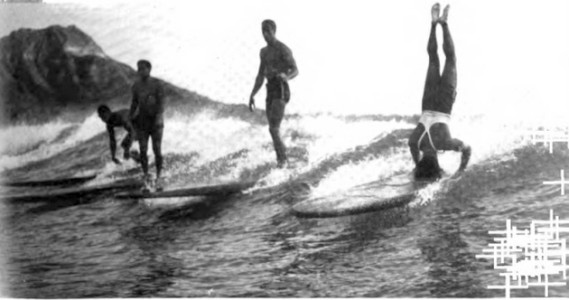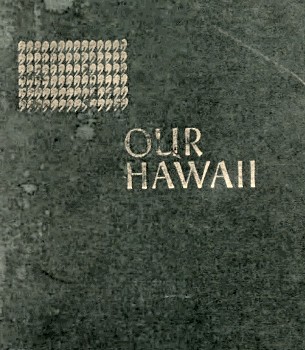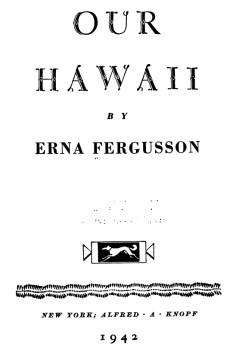
surfresearch.com.au
erna fergusson : surf-riding, waikiki, 1942.
erna fergusson : surf-riding, waikiki, 1942.
|
|
|
|
|
|
 |
surfresearch.com.au
erna fergusson : surf-riding, waikiki, 1942. |
Page 23 Surf-boarders
[photos, Pan Pacific Press] |
 |
 |
Fergusson, Erna: Our Hawaii A. A. Knopf, New York,1942. Hathi Trust https://hdl.handle.net/2027/uc1.$b58771 |
 |
|
|
|
|
|
|